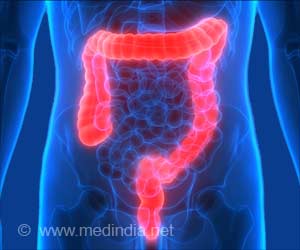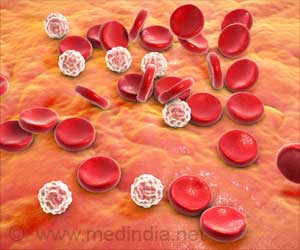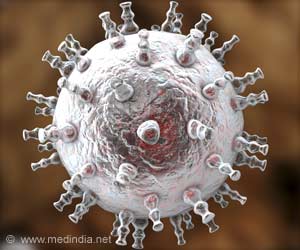But it’s not fully understood exactly how low FODMAP diet works or if there are particular genes or molecules that will identify those in whom it will.
Researchers analyzed the stool samples of 56 people with IBS and 56 people who lived with them, but without the condition, to identify the microbial profile and genes involved in converting food into active molecules while on their usual diet.
They then assessed the clinical response in 41 of these pairs after 4 weeks on the low FODMAP diet by reviewing their stool samples again.
Analysis of the stool samples of those with IBS revealed two distinct microbial ‘signatures’, which the researchers referred to as ‘pathogenic-like’ (IBSP) and as ‘health-like’ (IBSH).
The pathogenic microbial signature was more in harmful Firmicutes sp, including known disease causing bacteria, such as C. difficile, C. sordellii and C. perfringens, but very low in beneficial Bacteroidetes species.
Bacteria Streptococcus parasanguinis and Streptococcus timonensis that are usually found in the mouth were also abundant. And bacterial genes for amino acid and carbohydrate metabolism were overexpressed, which may explain the excess of some metabolites that are linked to IBS symptoms, say the researchers.
The healthy microbial signature of the other IBS patients was similar to that found in the comparison group .
After 4 weeks on the low FODMAP diet, the microbiome of the comparison group and those with the healthy microbial profile stayed the same.
But the microbiome of those with the pathogenic profile became healthier, with an increase in Bacteroidetes, and a fall in Firmicutes species. And the bacterial genes involved in the metabolism of amino acids and carbs were no longer overexpressed.
The symptoms improved in 3 out of 4 of the patients with IBS. But the clinical response to the low FODMAP diet was greater in those with IBS and a pathogenic microbial signature than it was in those with IBS and a healthy microbial signature in their gut.
“The evidence associating diet, the microbiome and symptoms in is compelling, but studies following the introduction of candidate organisms into an animal model are needed to prove the relationship is causal,” caution the researchers.
They suggest their findings could pave the way for the development of a microbial signature to identify those who would respond best to a low FODMAP diet and better manage those who wouldn’t.
“If the bacteria represented in the [pathogenic] subtype are shown to play a pathogenic role in IBS, perhaps through their metabolic activity, this provides a target for new therapies and an intermediate [marker] by which to assess them,” they suggest.
Professor Peter Gibson and Dr Emma Halmos of Melbourne’s Monash University, describe the introduction and adoption of the FODMAP diet as “a major change in the management of patients with irritable bowel syndrome (IBS) towards integrated care.
But while “an effective symptomatic therapy, [it’s] one that carries risks associated with exacerbating disordered eating, challenging nutritional adequacy and putatively inducing dysbiotic gut microbiota,” they add.
Limitations include that FODMAP intake was poorly assessed, fibre intake,which can also influence the microbiome wasn’t reported and patient drop-out reduced the power of the study.
“Nevertheless, the beauty is not in its definitive nature, but that it enables the creation of feasible innovative hypotheses that can be examined by focused studies. Perhaps the FODMAP diet is not just a symptomatic therapy,” they conclude.
Source: Medindia



